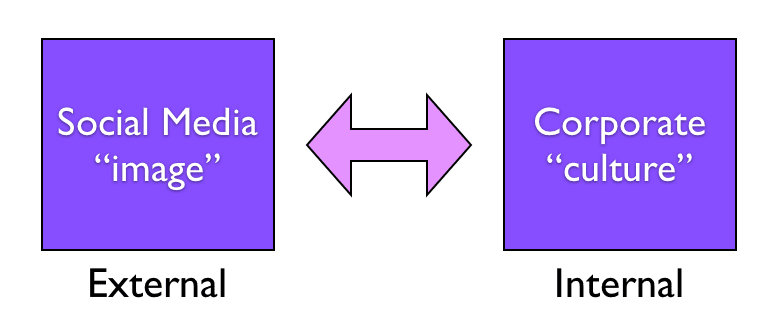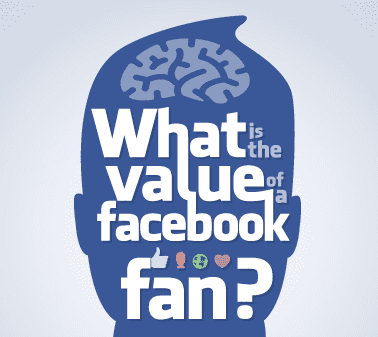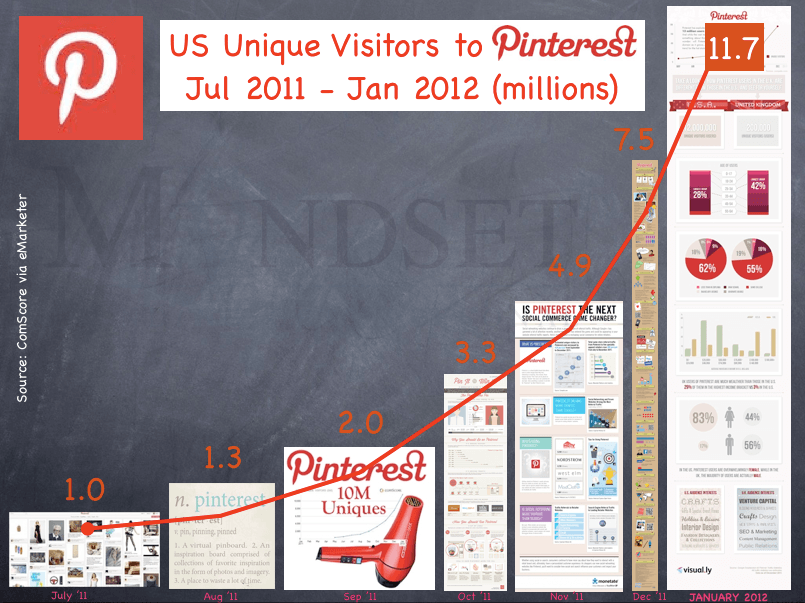As brands get hip to social media, I have seen a few organizations take the inevitable shortcuts. These shortcuts can include outsourcing community management (at a more radical level), ignoring the weekend, moderating unwanted comments, or simply not engaging in a conversation. It can also mean trying to automate the community relationship across the multiple social media platforms.
Social media generalizations
As the world of brand marketing works toward properly enveloping digital marketing, certain rules are emerging, not least of which are corporate social media guidelines. Similarly, in terms of creating content, there are observable patterns that typically gain the best “engagement” across cultures and social media platforms. Brand marketers are understanding that what works — according to the target audience, of course — is going to be a mix of valuable content, humor, gaming (competition), video, a nice surprise, an offer, or an emotional moment.

Not surprisingly, some brands lend themselves better to such humor and emotion — linked inexorably with the de facto “corporate culture” that reigns internally. Broadly speaking, brands are having to show “personality” and, in social media, that personality must be expressed by the employees within (or with great difficulty by a subcontracted digital agency). Here one of the keys to successful social media is being careful to align your social media message or “image” with your internal corporate culture.
Each social media platform has its differences
On top of needing to find engaging content, brand managers must consider the different channels and social media platforms. Naturally, digital marketers need to find ways to re-purpose content, to keep editorial consistency and optimize resources. However, each social network community expects different interactions, based on the nature of the relationships and the inherent technical configuration. In this post, I thought I would take a look at how social media marketing differs between a Facebook fan page, a Twitter account and a Pintrest pinboard. There are some similarities across all three in that marketers must take into consideration that fans can choose to unfollow (“opt out”) with consummate ease. Each platform has a combination of similar functionalities (with their own terminologies) which amount to “like” (or favorite in Twitter) and “share” (or pin in Pinterest). And, as I outline at the bottom, the rules of social engagement are typically similar. Below are some of the key differences.
Facebook page management
The Facebook page allows for multi-media longer form comments. There are many varieties of content that can effectively be posted (especially thanks to different applications). The way a page’s timeline reads, there is a natural opportunity to do more storytelling; call it a digital media soap opera. A few good examples come from sports (Manchester United), beverages (Fanta) or food (Ben & Jerry). It is possible to be inventive and to romance your fans on Facebook. This does not mean to distort or fabricate. It just means that creative storytelling can be part of the Facebook timeline. Each post can be part of a larger story. But beware: on Facebook, you are quickly judged by the interactions on the most recent post, so you cannot slack (as opposed to Twitter or Pinterest where the latest postings are much less scrutinized). Because of the open nature of the wall (for those who have an open wall [advisable]), the community can rise up quickly, so the company as a whole must be attentive and responsive in order to manage the ebb and flow of the conversation.
Handling @Twitter account
Different from Facebook, Twitter is about short form. The famed 140 characters oblige brevity. Perhaps because of a format that harkens back to the telex (where each letter cost) or echoes the news ticker, Twitter is more news oriented, time sensitive and, by and large, tends more toward facts (than, for example, emotion). To wit, as one might say, The Wit (The World Information Tracking, which recently issued its latest Social TV report), indicated that 78% of media programs commented/tweeted on Twitter are non-fiction versus 75% of fiction-oriented programs on Facebook (Source: 20 Minutes, 5 April 2012). While Twitter enables photo, video and link sharing, the power of the word takes precedence (as opposed to Pinterest or Facebook where you can post a visual vignette with each post or update). Twitter accounts should be nominative to get the feeling there is someone behind the wheel, whereas on Facebook (and Pinterest) it is more acceptable to write as the brand or page (although the person(s) behind the page might want to be made known somewhere).
Pinterpreting Pinterest
The central point to Pinterest is the image (including YouTube videos, for now). If your brand has a lot of visual assets to its name, this is clearly where you want to be these days (18 million visits and counting at last count, February 2012, via Comscore). Where Pinterest differs is the ability to have multiple spaces under one account, meaning that there is an opportunity to express oneself differently according to the board. While an image may speak a thousand words, I find that a little commentary is rather appropriate. What is different in Pinterest is that the site lends itself easily to discovery and also cites sources (“originally pinned by” and “others from x source”). Because Pinterest is image-based, one needs to think carefully through the desired trajectory for the visitor (to which site the click through leads). A leading example by a business using Pinterest is clearly “Real Simple.”
Social Media Guidelines
In all cases, there are some important guidelines for all digital marketers to follow (aside from corporate social media guidelines, that is).
- First, figure out your qualitative objectives for each platform; then work on some quantitative objectives toward a relevant Return on Investment
- Be considerate of and in tune with your “fan base”
- Be participative. Don’t just sit back and wait for them, go and join the conversation elsewhere
- Be timely: (a) operate in real time; and (b) post when your fans or followers are online
- Be prepared for the long haul — allocate sufficient resources and accept your own imperfections, because it’s a human world and we all make mistakes.
As always, please drop in your comments and thoughts, differences of opinion or otherwise!














Trackbacks/Pingbacks